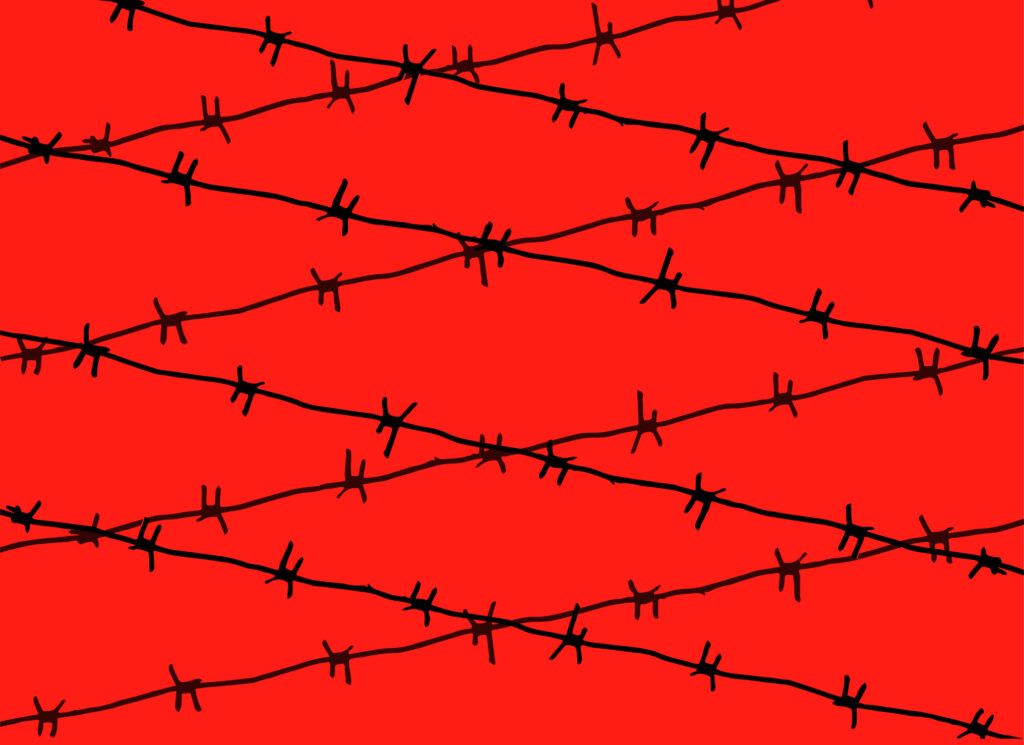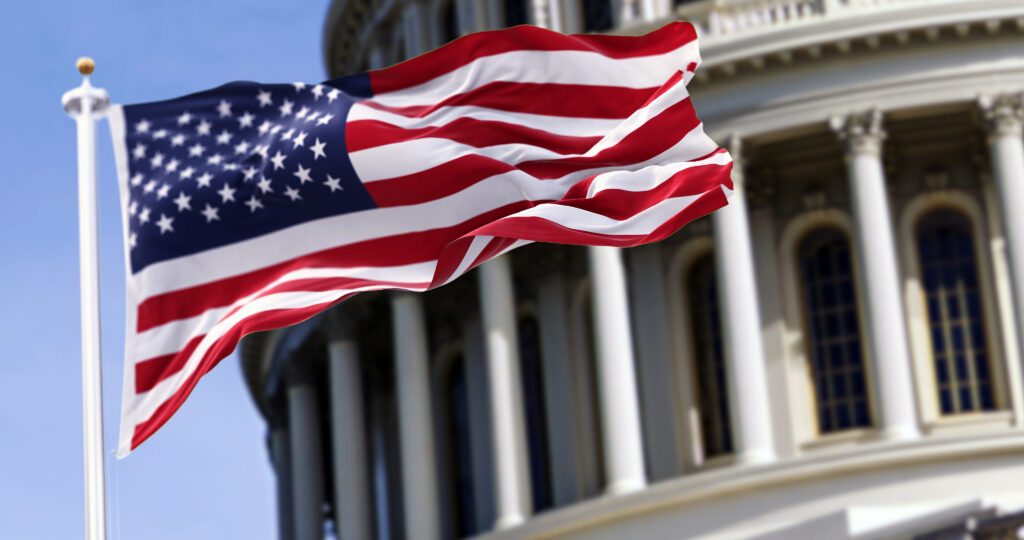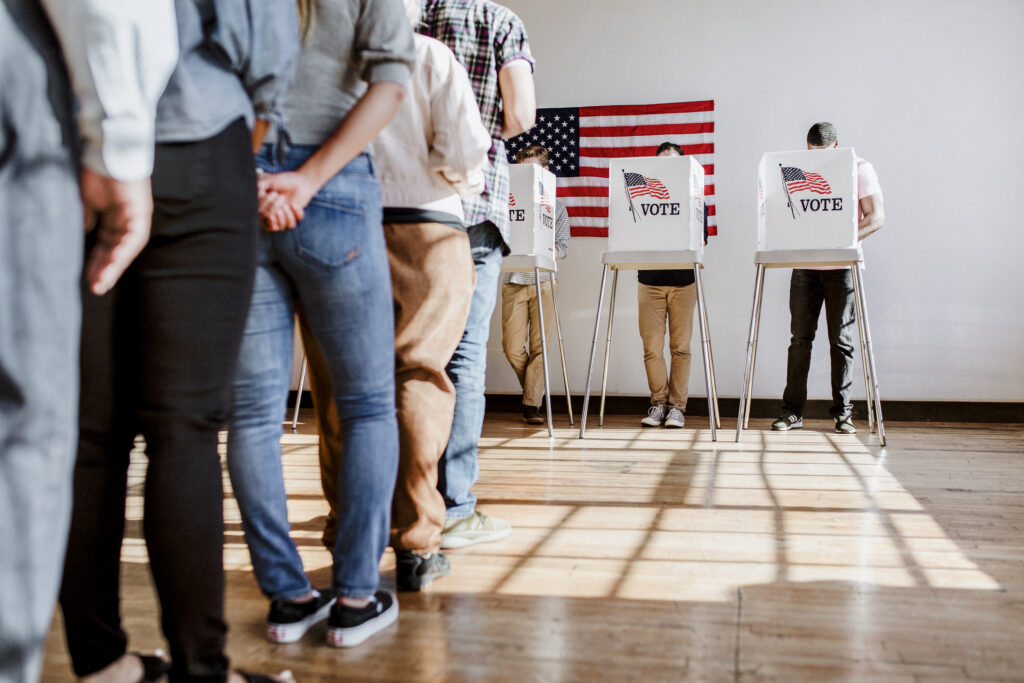Vladimir Putin and totalitarianism are old friends. The embattled Russian president began his career as a KGB operative in 1975, spending the next 16 years propagating total authoritarian control over his country until the Soviet Union finally collapsed in 1991.[1] Years after his country’s precipitous dissolution, Putin remarked in a 1996 interview, “However sad and however frightening it may sound, I think that in our country a return to a certain period of totalitarian rule is possible. The danger is not to be found in the organs that provide order, the police, or even the army. It is a danger at our summit, in the mentality of our people, our nation.”[2] A short time later, Putin became that danger. In the 22 years since he took power from an ailing Boris Yeltsin, Putin has steadily led Russia from a fledgling hybrid electoral democracy into a totalitarian state.
In most democracies, institutions are developed to diffuse and constrain centralized power—as they largely were intended to function during the Russian Federation’s establishment in the wake of the Soviet collapse. In burgeoning totalitarian regimes, the opposite occurs; institutions are turned upon political threats and the population. Despite a veneer of democratic traditions—including constitutionally guaranteed civil liberties, separations of power between branches of government, and regular popular elections involving multiple political parties—all Russian institutions exist to promulgate Putin’s goals. Putin consistently wields his control over these institutions to harass, weaken, assault, imprison, torture, murder, or drive into exile any individuals who dissent, while socially indoctrinating the masses with carefully curated information designed to instill popular support for his regime.
Putin has consistently legitimized this totalitarian slide by stoking national security concerns or manufacturing national emergencies, such as the threat of continued NATO expansion and the permeation of Russian society with “dangerous” western ideals. Yet, while no one is arguing that the United States has approached the level of authoritarianism endemic to Russian society, Russia’s democratic backsliding is especially relevant to examine when one considers similar tactics used to increase executive power closer to home. The steady and substantial expansion of executive power—circumventing checks and balances, eroding states’ rights, and limiting individual freedoms—bears marked similarities to the ways Putin has constructed his authoritarian regime.
One of the primary ways that U.S. presidents can unlock an arsenal of executive powers is through declarations of national emergencies. Under the 1976 National Emergencies Act (NEA), presidents can declare emergencies for up to a year, though they can be unilaterally renewed by the executive branch with little to no oversight.[3] Though Congress nominally possesses the authority to review and ultimately terminate a declared emergency, it has almost never attempted to exercise that authority.
Presidents have exercised this power with reckless abandon. Since 1979, presidents have declared 75 national emergencies—of which an astounding 41 remain in effect as of May 2022.[4] These emergencies—which in turn spawn a bevy of legally binding executive orders and directives—have led to a significant degree of executive aggrandizement, especially in recent decades. This is not a partisan issue; the Clinton, Bush, Obama, Trump, and Biden administrations have each exhibited such tendencies. President Biden has already declared seven new emergencies in only 18 months at the helm, while renewing countless others.[5] And, the 136 statutory powers that presidents can and have invoked are wide-ranging and substantial; the executive branch can unilaterally shut down and/or take over media companies and the internet, seize private property, freeze financial assets, restrict travel, and even suspend prohibitions on testing chemical and biological weapons on human subjects, among myriad other powers.[6]
Moreover, as NYU’s Brennan Center for Justice explains, there are “no statutory limitations, beyond the word ‘emergency’ itself, on what type of event qualifies [as a national emergency].”[7]
As such, emergencies range from “Proliferation of Weapons of Mass Destruction,” to “Blocking Property of Persons Undermining Democratic Processes or Institutions in Zimbabwe.”[8] Concerningly, the scope or substantive importance of the declared emergency has no impact upon a president’s available powers, nor do the powers that a president can unleash have to be specifically related to said emergency, as long as the president cites the powers he will wield. In a 2019 article from The Atlantic, the Brennan Center’s Elizabeth Goitien explains, “The National Emergencies Act doesn’t require that the powers invoked relate to the nature of the emergency. Even if the crisis at hand is, say, a nationwide crop blight, the president may activate the law that allows the Secretary of Transportation to requisition any privately-owned vessel at sea.”[9] Essentially, a president could theoretically reference the ongoing “national emergency” in Zimbabwe to shut down a critical media outlet, despite the two being completely unrelated.
The United States in 2022 and the Russian Federation in 2000 should not be considered comparable in terms of the strength of their respective democratic institutions and governing structures, not to mention cultural tolerances for authoritarianism. Yet, methods of increasing executive power are clearly similar. Moreover, many of the powers Putin has exercised bear striking similarities to the powers available to U.S. presidents, which can be enacted with the simple stroke of a pen. National emergencies—real, exaggerated, or entirely manufactured—have consistently been used to justify executive power grabs in both Russia and the United States. Once gained, those powers are often not relinquished.
This paper will examine the methods by which Putin centralized control soon after he ascended to the presidency, from achieving dominance over Russia’s economic means of production, to suppressing rival elites, to subverting political and social institutions. Special attention will be paid to Putin’s war upon freedom of information through his control of media and the internet, which has gradually eradicated freedom of expression in Russian society. The paper will then illustrate how Putin has propelled Russia into totalitarian governance in recent years, focusing upon his near-total societal subversion up to and including his invasion of Ukraine in February 2022. The final section will analyze how U.S. presidents have used national emergencies to increase executive power, and how they are capable of implementing similar totalitarian policies. The degree to which one man and a cabal of elites can alter the course of a country’s trajectory should serve as a warning to those of us comfortably ensconced in the American democratic tradition. As Goitien asserts in the aforementioned article, “What has prevented the wholesale abuse of these authorities until now is a baseline commitment to liberal democracy on the part of past presidents. Under a president who doesn’t share that commitment, what might we see?”[10] All it would take for a similar slide into authoritarianism would be one president choosing to take us down that road, as Putin did.
[1] Marc Bennetts, “Soldier, Spy: More Details of Vladimir Putin’s Past Revealed,” The Guardian, January 8, 2019, https://www.theguardian.com/world/2019/jan/08/soldier-spy-more-details-of-vladimir-putins-past-revealed
[2] Youtube, “Hear What Vladimir Putin Said in 1996 About Russia Turning to Totalitarianism,” CNN, March 7, 2022, https://www.youtube.com/watch?v=g0bvDsJMzGA
[3] National Emergencies Act, 1976, https://www.congress.gov/bill/94th-congress/house-bill/3884
[4] Brennan Center for Justice, “Declared National Emergencies Under the National Emergencies Act,” New York University School of Law, last updated May 12, 2022, https://www.brennancenter.org/our-work/research-reports/declared-national-emergencies-under-national-emergencies-act
[5] Ibid.
[6] Brennan Center for Justice, “A Guide to Emergency Powers and Their Use,” New York University School of Law, revised September 14, 2019, https://www.brennancenter.org/our-work/research-reports/guide-emergency-powers-and-their-use
[7] Brennan Center for Justice, “A Guide to Emergency Powers and Their Use.”
[8] Brennan Center for Justice, “Declared National Emergencies Under the National Emergencies Act.”
[9] Elizabeth Goitien, “The Alarming Scope of the President’s Emergency Powers,” The Atlantic, January/February 2019 Issue, https://www.theatlantic.com/magazine/archive/2019/01/presidential-emergency-powers/576418/
[10] Ibid.




